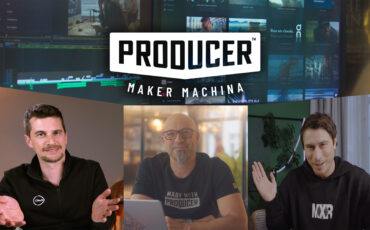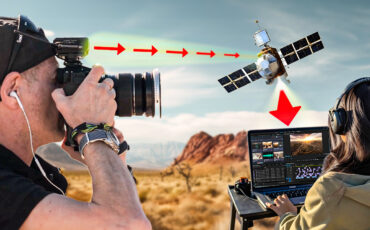Strada Interview – Insights on the New AI-Enabled Cloud Platform
Remember that we recently announced the launch of a new cloud-based platform promising enhancements to collaborative processes? Well, Strada is in beta now! Utilizing top-notch AI tools, the digital solution strives to enhance and simplify filmmaking workflows on set and in post. Johnnie from our team talked with one of the company founders, Michael Cioni, to find out what makes Strada special and why we might need yet another set of tools.
In the interview, Johnnie and Michael discuss the main idea and objective of Strada. They also dive into the specific features of the platform, both what is currently available and what is planned. Additionally, you can see which cameras are compatible with this solution, what vision the founders have for Strada’s future, and how AI tools revolutionize cloud-based workflows.
Advanced Editing with Davinci Resolve
Strada in beta: what is their main idea?
When senior entrepreneur and filmmaker Michael Cioni (formerly Frame.io/Adobe) and his brother Peter Cioni (ex-Netflix) left their jobs to launch Strada, they didn’t know what the core functionality of the product would be. They were intrigued by emerging AI tools and their capabilities and wanted to use artificial intelligence to improve creative control.
As Michael explains, there are numerous assets nowadays that can easily take over mundane tasks like syncing footage, transcribing interviews, or transcoding videos. Yet, more often than not, you need to use different apps for each. Also, somehow all these tasks land in the editing room continually increasing the editor’s workload. Why should they, though? With this idea in mind, the Cioni brothers created Strada, which combines automated functions in one browser-based software. According to Michael, this solution doesn’t require extra skills, so even PAs on set will be able to create dailies or generate transcripts.
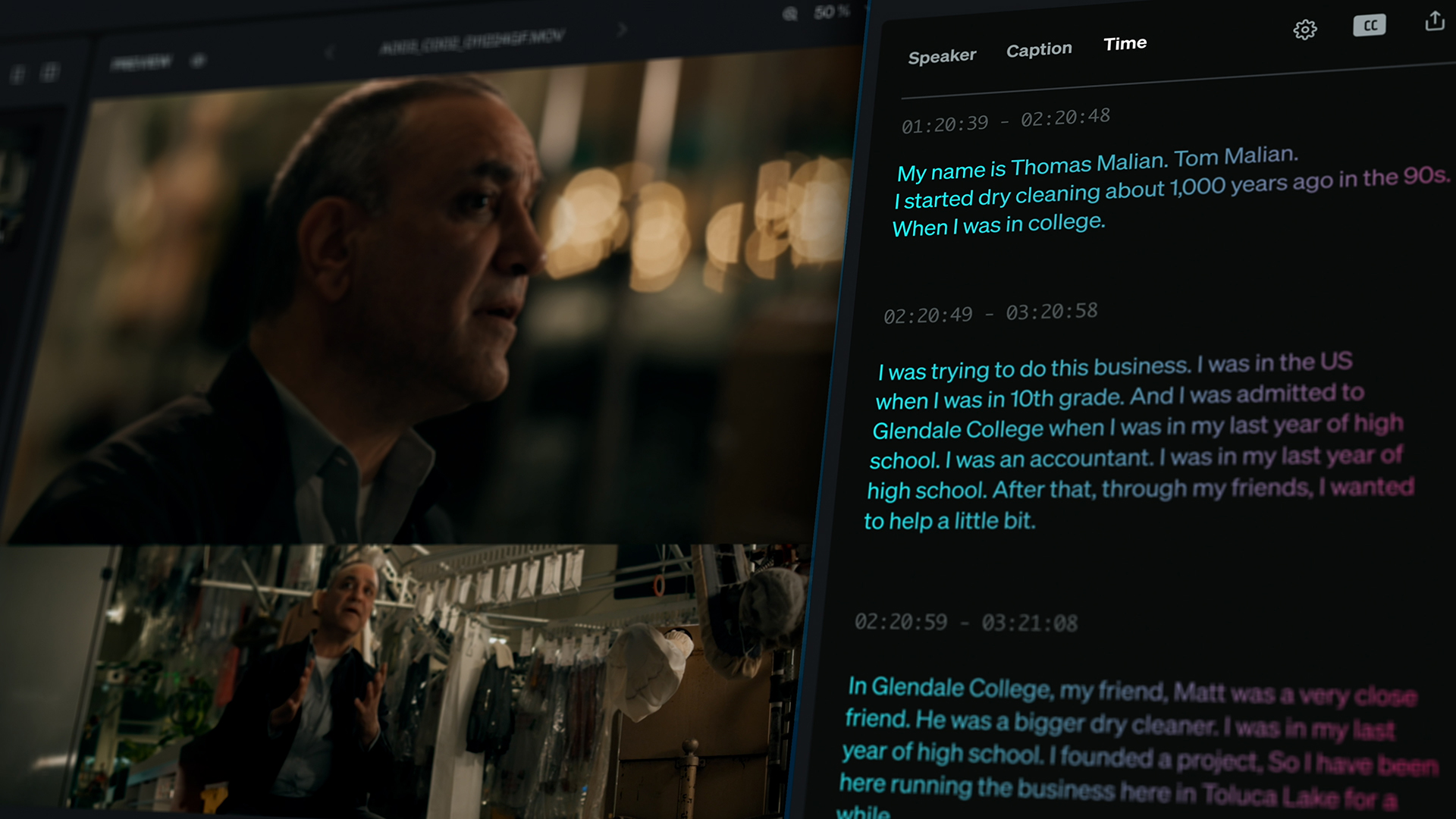
Tools working currently
Today’s version of Strada is based on the so-called 4 T’s principle: transfer, transcribe, tanalize (or tag+analyze), and transcode. We explained these four briefly in our article here, and the video interview above will give you a more thorough overview of each feature.
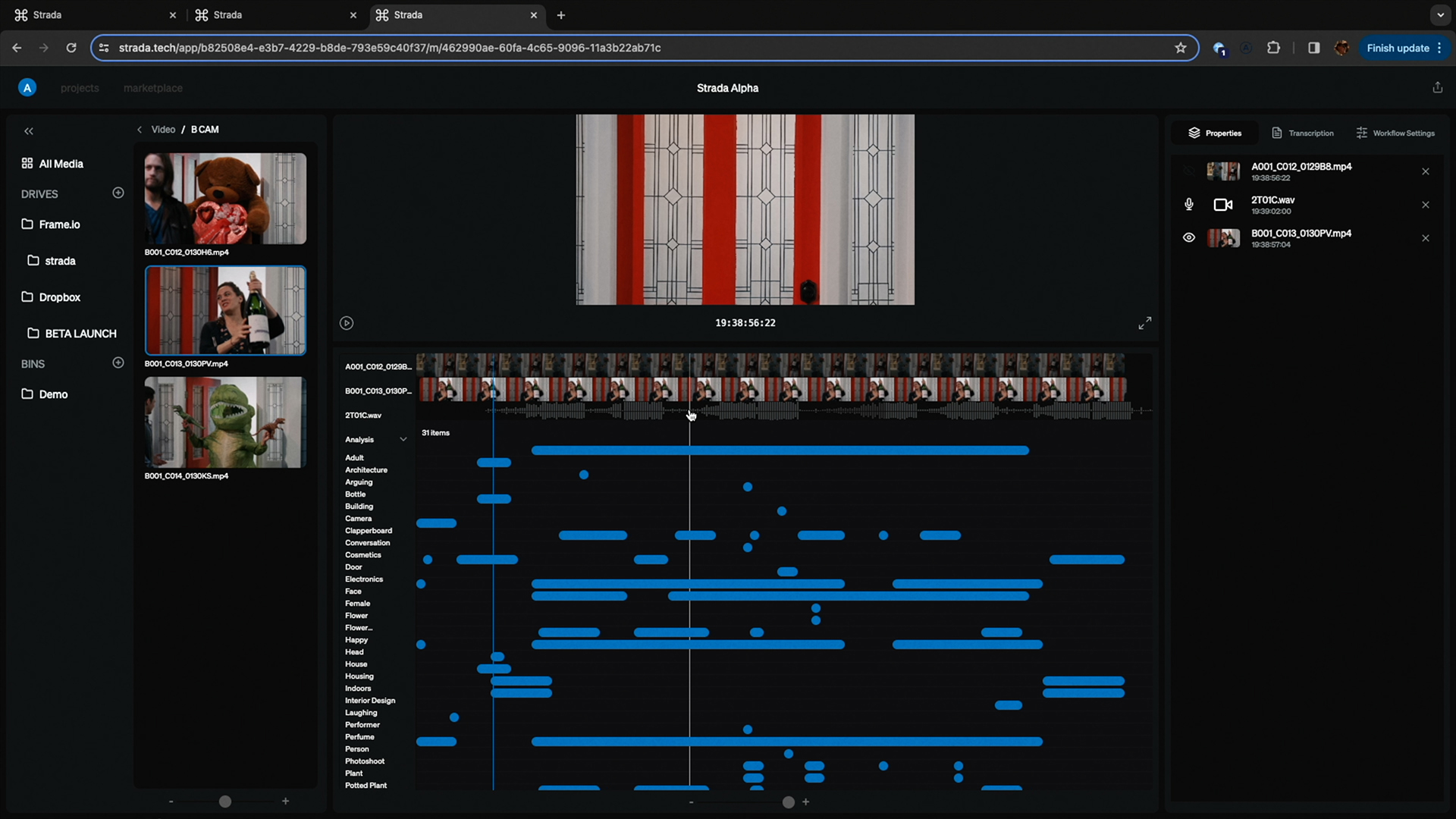
What’s so special about Strada’s approach is that it works fully in a web browser. So, you can transcribe and translate a video in one of 100 languages, sync multiple cameras, transcode footage, or let AI label locations and characters in each shot without having to render anything! According to Michael Cioni, such a technology hasn’t been done before. Of course, he admits, various automated tools are already available in DaVinci Resolve or Adobe Premiere Pro, but can you use Resolve on your phone? Does a producer without editing skills have access to Premiere’s AI translation tool while traveling? No. That’s the main idea of Strada’s application: to give filmmakers the power of native apps but with the flexibility of cloud workflows.
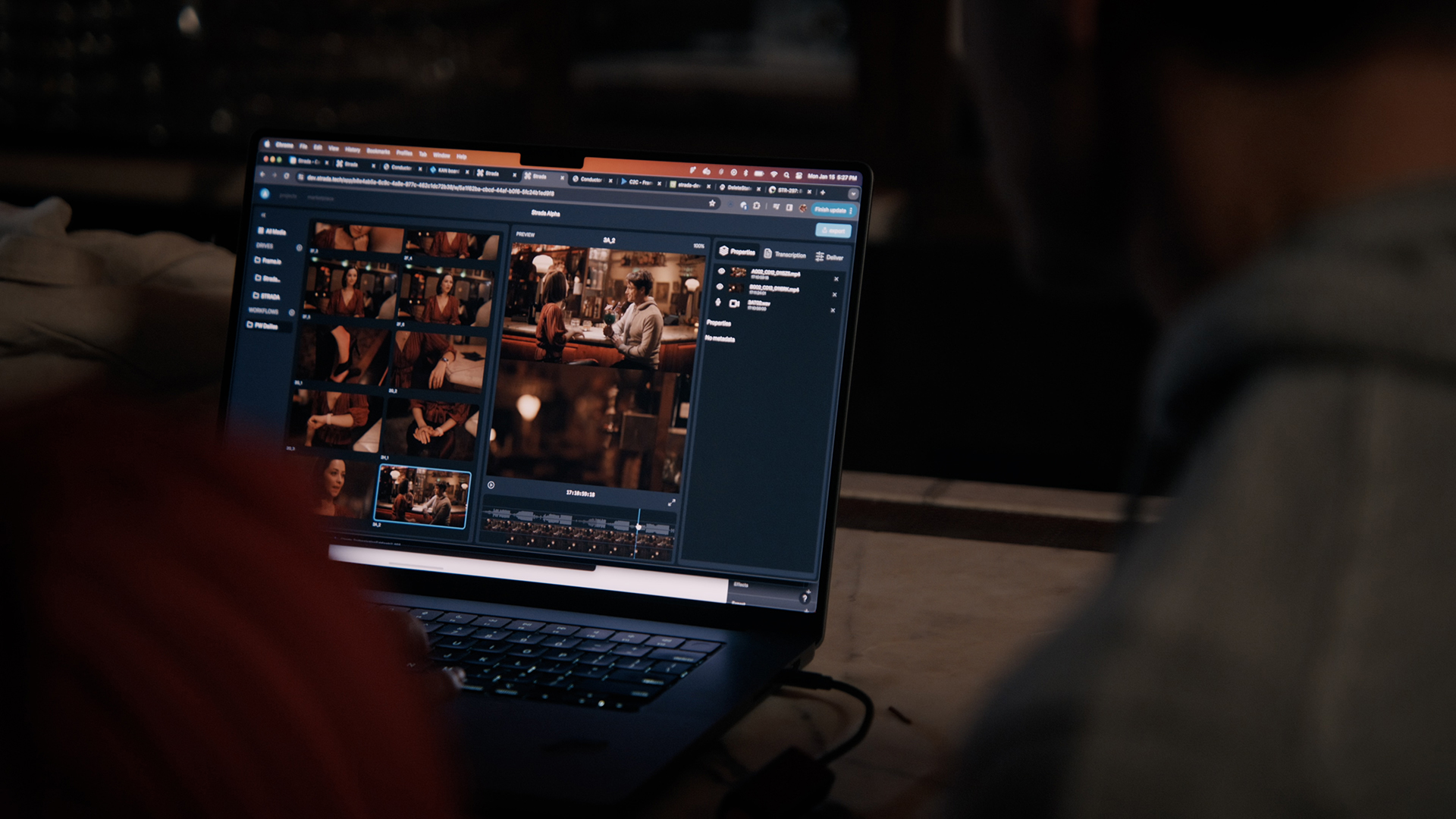
Strada in beta: coming up next
As Michael explains, what you see today is not even their final vision for the company. Developers have a lot of plans and ideas to implement in the future. They started with some functionality, but in the upcoming years, you will see the true unveiling of the product right before your eyes.
Some improvements are coming to Strada very soon. For example, Michael shared with us that they are working on raw camera support, and Strada can already decode and playback RED files in a browser. Another upcoming feature is the possibility to apply 3D LUTs directly in the cloud (just imagine doing it in, say, Google Chrome).
The question of pricing
As Strada is only in beta, there is no pricing policy for it yet. Michael Cioni explains that they will be able to evaluate the final costs when they get more people to test the platform.
What they do know is that they won’t require users to buy their cloud storage. It is expensive and inefficient. Instead, Strada will allow us to use our own online storage or even connect hard drives, turning the RAIDs into the cloud.
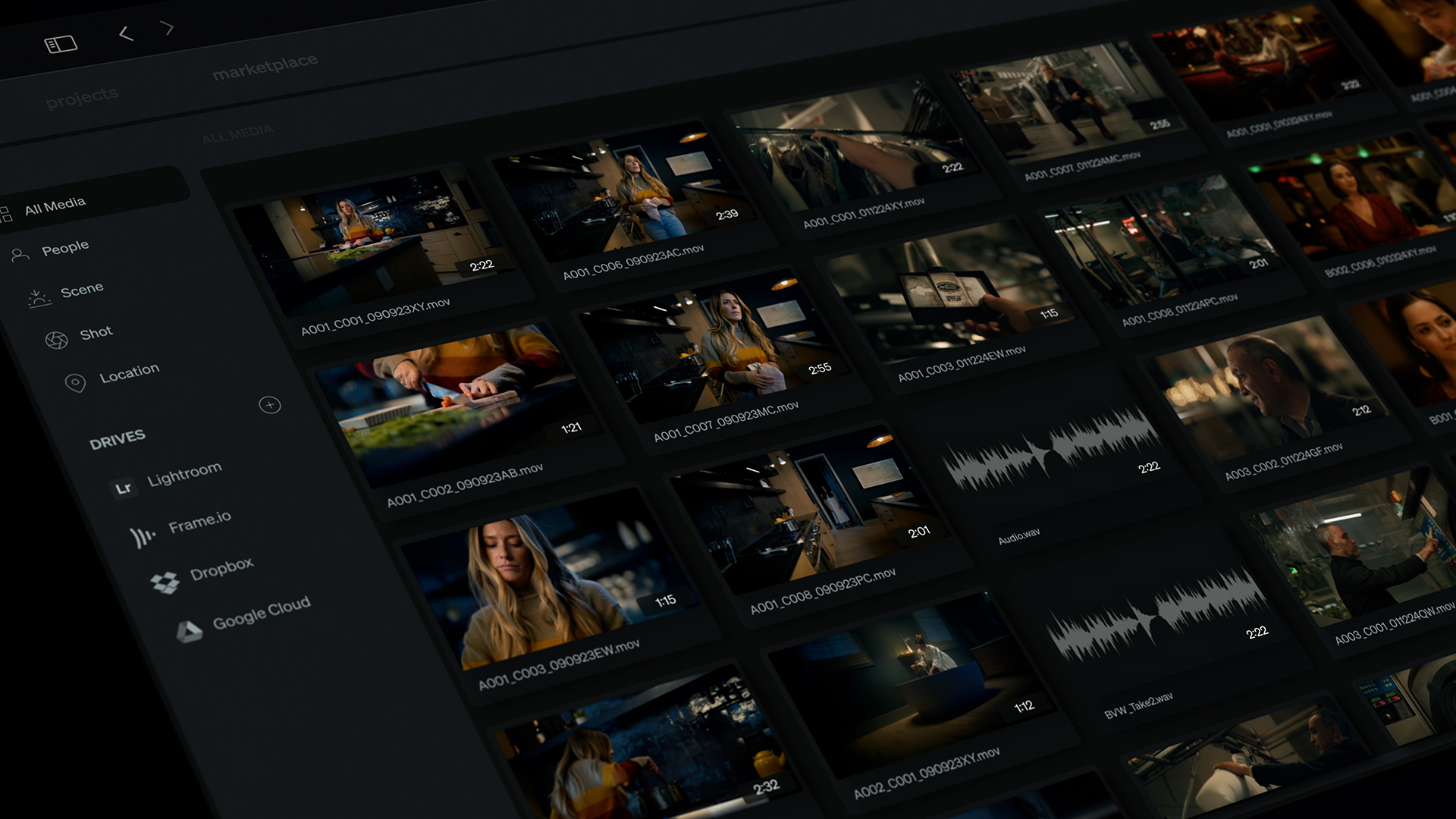
Another important aspect for founders here: they don’t want to charge per user, as the whole idea of their solution is collaboration. So, the plan is to have unlimited users that pay only for the parts of the app they need.
Become a tester of Strada in beta
Sound interesting? Want to try it out? Then go for it! Anyone can apply to become a beta tester for Strada. All you need to do is sign up for the app and then proactively reach out to the Strada team at beta@strada.tech to share details about you and the projects you would like to test out on the new platform. That will get you on the waitlist.
Plus, it doesn’t matter where you are located. Michael explains that they will start by including people from the US in the program because they can stay in touch more easily within the same time zone. However, they plan on getting everyone to the beta within the next 10 weeks.
Remember though that it’s still a start-up, and everything is fresh and new. The idea of the beta phase is to gather as much feedback from actual users as possible so that the platform can keep improving.
What do you think? Will you apply for Strada in beta? Which features intrigue you most? Please, share your thoughts with us in the comments below!




